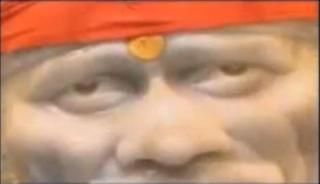 STORY OF SAI BABA'S SAMADHI IN BUTTY WADA 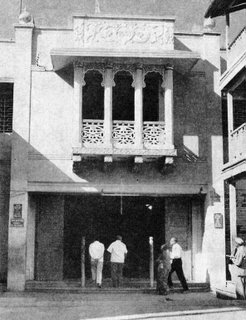 - ORIGIN OF THE SAMADHI MANDIR - The Shrine which houses Baba’s Samadhi was originally constructed as a Wada (large private house) during Baba’s last years in his physical body. It is built on the land that Baba had tended as a garden. Sai Baba seemed to like growing plants and in his early days he cleared and levelled this land, which had been used as dumping ground. Using seeds that he had brought from Rahata, he planted it with jasmine and marigold. For about three years Baba would water the plants every day and distribute the flowers to the local temples. The Shrine was built by Shri Gopalrao Mukund Butty (Bapusaheb Butty), the famous multi-millionaire of Nagpur. He was introduced to Sai Baba by a Lawyer from Nasik "Shri Sakharam Balwant Dhumal", about ten years before Baba’s Mahasamadhi. Shri Sakharam Balwant Dhumal 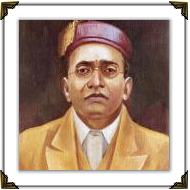 Once an idea arose in Bapusaheb Butty's mind that he should have a building of his own there. Sometime after this, once while he was sleeping in Dixit's Wada, he got a vision. Baba appeared in his dream and ordered him to build a Wada of his own, with a temple. Shama who was sleeping there, got also a similar vision. When Bapusaheb awoke, he saw Shama crying and asked him why. Shama replied that in his vision Baba came close to him and ordered distinctly - "Build the Wada with the temple. I shall fulfill the desires of all. Hearing the sweet and loving words of Baba, I was overpowered with emotion, my throat was choked, my eyes were overflowing with tears, and I began to cry." Bapusaheb was surprised to see that both their visions tallied. Being a rich and capable man, he decided to build a Wada there and drew up a plan with Madhavarao (Shama). Kakasaheb Dixit also approved of it. And when placed before Baba, it was sanctioned immediately. Shri Gopalrao Mukund Butty (Bapusaheb) Shri MadhavRao Deshpande (Shama) 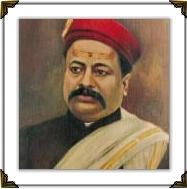 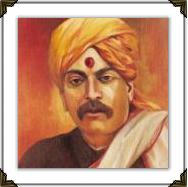 The construction started around 1915. It was built in stone and was therefore known as Dagadi (stone) Wada. But Baba had mentioned about this construction in 1913 itself to Narke. Sri Butty, with the help of Shama, Kaka Saheb Dixit and others, had procured the material required for the construction of the Wada, and engaged the required workers. Shama was supervising the work. The underground structure, the outside structure and digging of the well were completed. Baba also saw the construction work daily on his way to Lendi Bagh and back to the mosque. Sometimes, Baba would indicate some alterations and give some suggestions. Slowly the workers also developed devotion and faith in Baba. They saluted Baba every day before the commencement of work and also at closing time. The building material and the implements were taken care of by Bapu Saheb Jog. With Baba’s blessings, the building rose quickly . Then Shama asked Baba whether it was the auspicious time to begin the foundation-work of the Shrine's central room. Baba gave an affirmative reply and so Shama immediately fetched and broke a coconut as Mahurat (good omen) and the work was begun. The foundation was quickly laid, and while the pedestal was being prepared, an idea struck Bapusaheb Butty's mind that in the center an Idol of Murlidhar (Lord Krishna with the flute) be installed. He asked Shama to refer this matter to Baba and get His consent. So Shama asked Baba about this when Baba was just passing by the Wada. Baba declined to give permission, stating that "After the temple is complete I will come there to stay" and staring at the Wada he added - "After the Wada is complete, we shall use it ourselves, we shall live, move and play there, embrace each other, and be very happy." On another occasion, Baba sat cross-legged on the "Base" constructed for installing Sri Krishna’s idol. Butty once again asked Baba’s permission to get the idol prepared - Baba asked whether he was not Sri Krishna. He told Butty to wait patiently for some time, saying that the idol could be installed afterwards. Nobody could understand the inner meaning of Baba’s words. Then on 28th September`1918, Baba got a slight attack of fever which lasted for a couple of days, but afterwards Baba gave up his food and thereby he grew weaker and weaker. Butty felt dejected, wondering whether Baba would live to even see the completed wada, never mind grace it with his presence. The whole construction seemed pointless to him if Baba was not going to remain there in his body. However, Baba was to move into the Wada in a way that had not been foreseen by others. Baba's health rapidly deteriorated and on Tuesday 15th October`1918, Baba told that He did not feel well there (in the Masjid) and that He should be taken to the Dagadi (stone) Wada of Butty, where He would be alright. Saying these last words, He leaned on Bayaji's body and at about 02:30 p.m Baba breathed His last. (Vide Professor G.G. Narke's letter, dated 05th November`1918, to Dadasaheb Khaparde - Leela magazine, Page 78, 1st year). After a few hours, the question as to what to do with Baba’s mortal remains arose. Some Muslims requested that the body of Sai Baba be kept in Samadhi, outside the mosque in the open space. Khushal Chand and Amir Shakkar also supported this. But the village officer, Mr.Ramachander Patil took a firm decision that Baba’s Samadhi should be in Butty Wada only. Discussion regarding this went on till Wednesday. Finally, paying due respect to Baba's last words, everyone decided to place Baba's body in the Wada itself. Then in the evening around 04:00 pm, it was decided to bathe Baba's body which was kept on a handcart the whole night. When they tried to remove Baba's Kafni, the hands bent as usual. In ordinary cases the limbs cannot be bent as they stiffen. Baba’s body was laid on a big table before Dwarakamai, and potfuls of water were poured on the body with devotion. After that they spread a white cloth on the body and put flowers, sandalwood and akshatas (rice) over the cloth. A grave, 6 feet in length was dug in Butty Wada’s central portion. The body was taken into Butty Wada in procession to the sounds of various musical instruments. First, the broken brick of Baba was broken into smaller pieces and put in the grave, over that soft beds were spread. Dixit, Butty, Shama and Mahalsapati slowly lifted the body. A few of them got into the grave and from below caught the body and it was slowly lowered . The head side went down first. The entire body was lowered and rested on the soft beds. Rose water and perfumes were sprayed on the body. Thirty-six hours after he had left his body, Baba was finally interred. Certain personal articles were buried with him: the broken brick, now mended with gold and silver wire, one of his satkas, a chillum, needle and cotton (Baba would mend his clothes until they were a mass of repairs, a cause of affectionate amusement among devotees), some spices to preserve the body, and an old cloth bag containing a green kafni and a cap, which Baba never allowed anyone to touch. 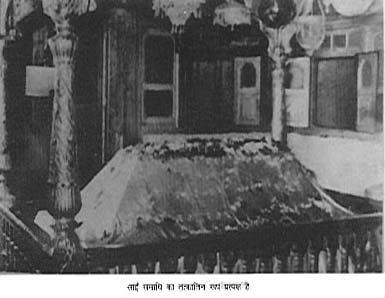 The burial was completed by early Thursday morning. At 05:00 pm in the evening, after the Samadhi, Bapu Saheb Jog and Laxman Mama gave Sandhya aarti in Butty temple for the first time on 16th October`1918. Nanavalli, who was like Baba’s life, watched the Samadhi from a distance. He stopped taking food from that day and died on the 13th day. Das Ganu, after reaching Shirdi on Thursday morning, did sankeertan for two days near the Samadhi of Baba and he fed a large number of people. Baba Saheb Bhate and Upasini Baba of Sakori Ashram performed the last rites of Baba . Where Butty wanted to install the idol of Sri Krishna, Baba’s Samadhi came up. This way Baba became Muralidhar. 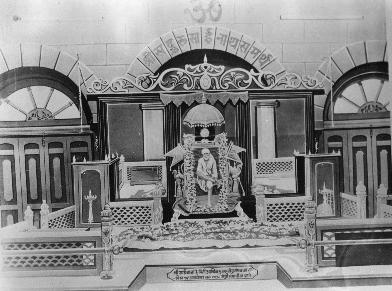 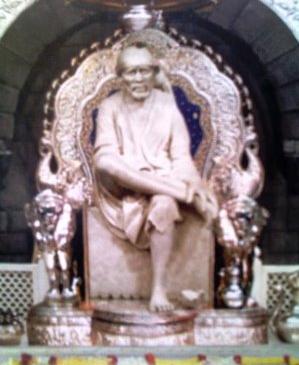 A Committee was formed to manage Sai Baba's Samadhi, comprising of 15 members with Shriman
Bapusaheb Butty as the Chairman. Butty employed G.K.Dixit to take care of Baba's Samadhi. The conduct of the Gurupurnima festival was the responsibility of Bapusaheb Butty after whom his sons conducted this festival till 1940, and since 1941, the Sansthan has been conducting this festival, the sons of Butty were then contributing Rs.100/- as part of the expenses.
A Photograph of Sai Baba was placed on a Throne on the platform of the Samadhi. It remained there until the statue was installed in 1954. Blessed and fortunate is Bapusaheb Butty in whose Wada lies the holy and the pure body of Baba. The Butty Temple with Baba’s Samadhi in it had become the holiest of the holy places, fulfilling the prayers of millions of devotees.  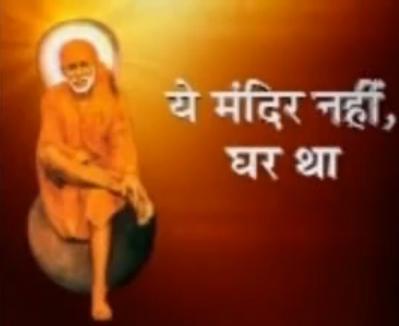 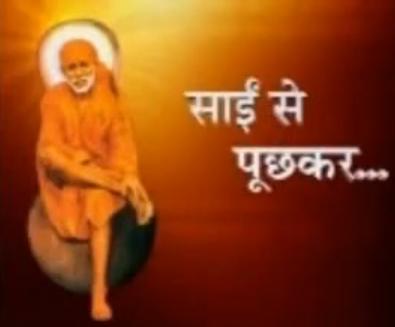 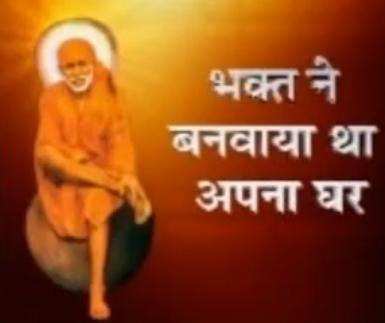 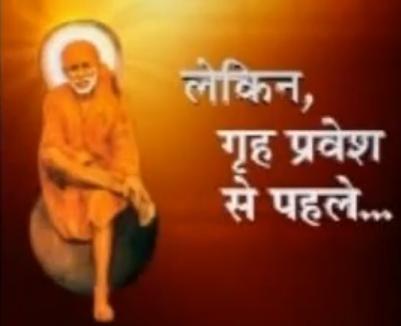 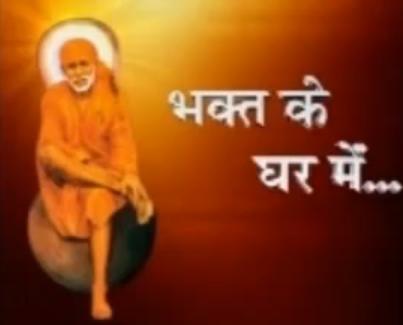 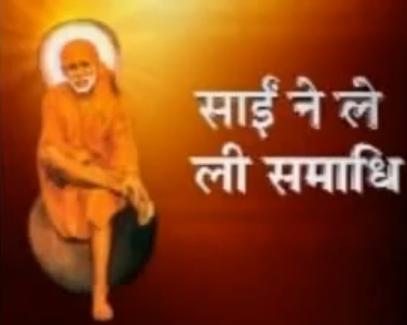 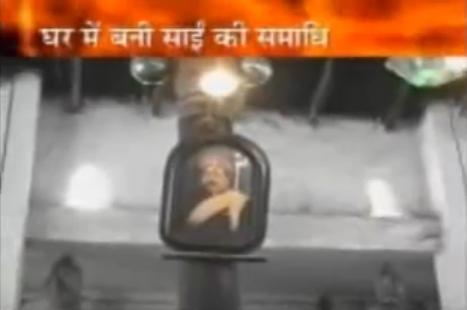 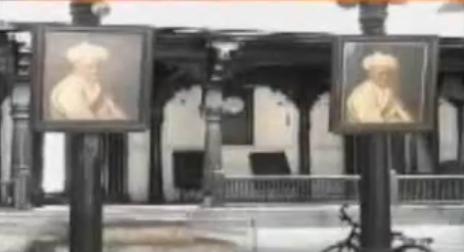 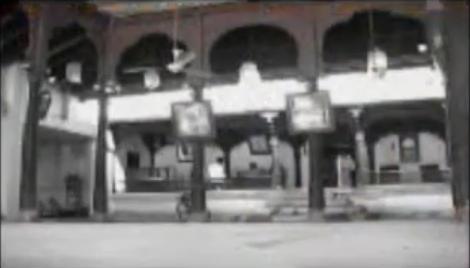 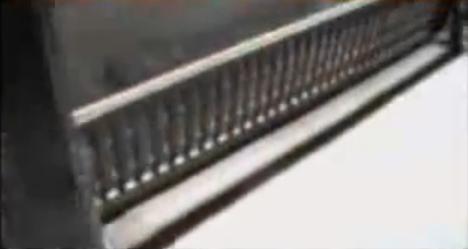 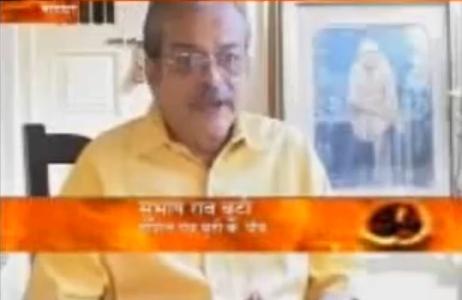 Submitted to SBOI by Rohit Bhel |
